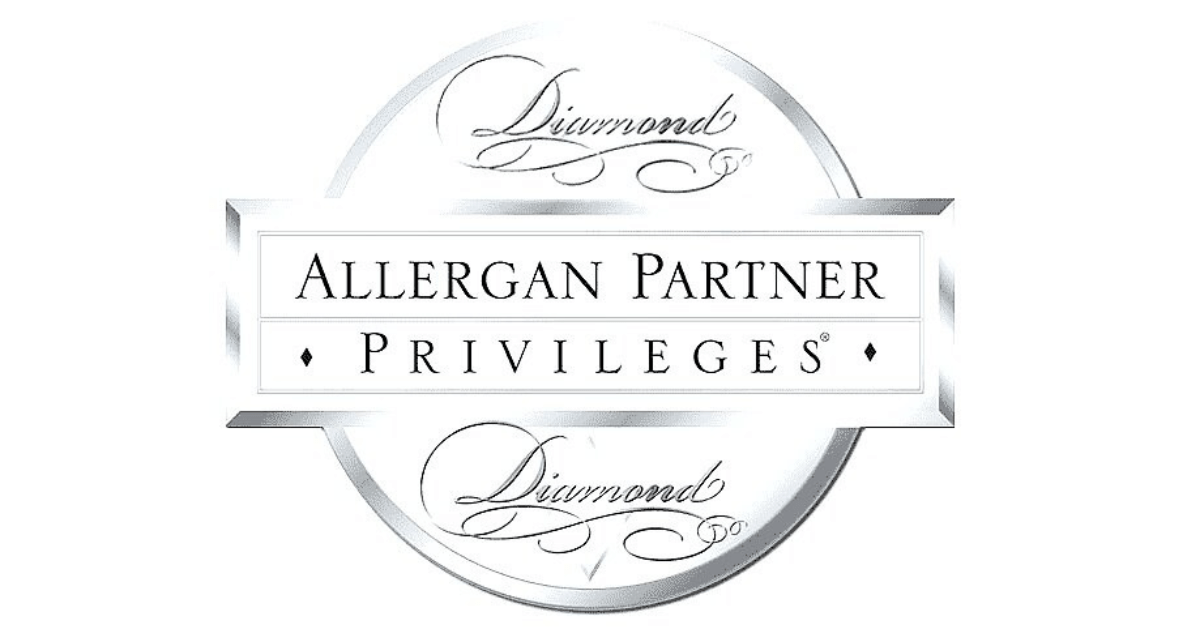What is BOTOX®?
Botox® Cosmetic (onabotulinium toxin) is a prescription medicine which is used to soften or reduce the appearance of moderate to severe lines and wrinkles. Typically it is used on what are termed “lines of facial expression” or “lines of motion” or “dynamic lines”. Commonly patients desire to diminish what they perceive to be a “tired” or an “angry” or an “aging” appearance, although in some cases it is possible to also give a bit of a “lift” to the eyebrow or forehead area as well.
Botox® is considered a neuromodulator and it works by blocking nerve signals to the muscles on which the Botox® attaches. This causes those muscles to not contract or move for a period of time during which the appearance of these wrinkles or lines is typically significantly diminished. After a period of time – typically three to five months (although your results may vary and be shorter or rarely longer) this effect disappears and the nerve impulses will once again cause the muscles to contract. Retreatment is then required to block the muscle contraction again (although in some cases the muscles may weaken from disuse and the lines that these muscles produce may not appear as severe or deep).
What areas is Botox® typically used for?
-
Forehead
-
Crow’s Feet
-
Glabellar Lines
Results May Vary
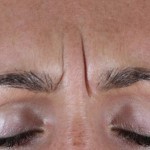
Before
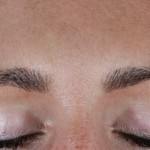
After
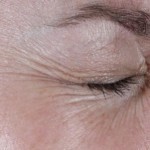
Before
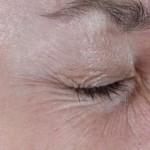
After
FAQ
What to Expect After Treatment?
After your Botox® injections you can typically expect to have a bit of temporary swelling at the injection sites. Transient bruising is not uncommon (we have several techniques to try to minimize this). Slight tenderness may also occur and occasionally a mild transient headache may occur (note that reduction in headaches including some migraine headaches may be observed, but this is not currently an approved indication for Botox®. There is very active research in this area to determine the benefits and optimal dose and technique and we hope to see this become a valuable new use for Botox® treatment in the future.
What Other Areas Can BOTOX Be Used For?
Botox® can also be used for treating certain types of neck lines (the rope like vertical lines on the middle of the neck). Some cosmetic dermatologists and surgeons like to treat various areas around the mouth – although some side effects such as difficulty drinking through a soda straw, difficulty using snorkel/scuba equipment and some other undesirable changes in facial expression are more common even in experienced injector’s hands and so the decision to treat in the area around the mouth requires informed and thoughtful consideration (the fine lines of the upper lip are more commonly treated).
What Are Other Forms of BOTOX?
Other neuromodulators available in the United States for cosmetic use and even more are in use overseas. Some of these will likely become approved by the FDA for cosmetic use in the USA in the near future. The other popular form currently approved in the USA is called Dysport®. Dysport® in most ways appears to act nearly identically to Botox® Cosmetic. Xeomin® was just FDA approved for cosmetic use in the USA in July 2011; however, it has been used in Europe for some time.
Botox® Cosmetic has been designated onabotulinum toxin A and Dysport® is called abobotulinum toxin A by the FDA in order to indicate there are very small chemical differences in these two forms of the drug. It is important to appreciate that the number of units of Botox® does not equal the same number of units of Dysport® and thus a conversion factor must be used by the injecting physician or nurse when changing between Botox® and Dysport®. The maker of Botox® also produces Juvéderm® and the maker of Dysport® produces Restylane® and Perlane® and these injectable fillers are commonly used for non-surgical skin rejuvenation in combination with Botox®.
What is Medical Botox?
Botox® comes in not only the Botox® Cosmetic, but also a “medical” form which is its medical form for treating excessive sweating under the arms or palms of hands (called hyperhidrosis) and a variety of other medical applications – some of which require much higher doses than the cosmetic applications and which can have more serious associated side effects which have been well publicized and which have resulted in additional warnings from the FDA to patients.
Learn More about BOTOX® at their website (www.BotoxCosmetic.com)
Visit McDaniel Laser & Cosmetic Center
Our team provides thoughtful, expert care for all your general and cosmetic dermatological needs. We are proud to offer the most advanced aesthetic services in the Virginia Beach area. Contact us today to schedule your next appointment! Your best skin awaits.



